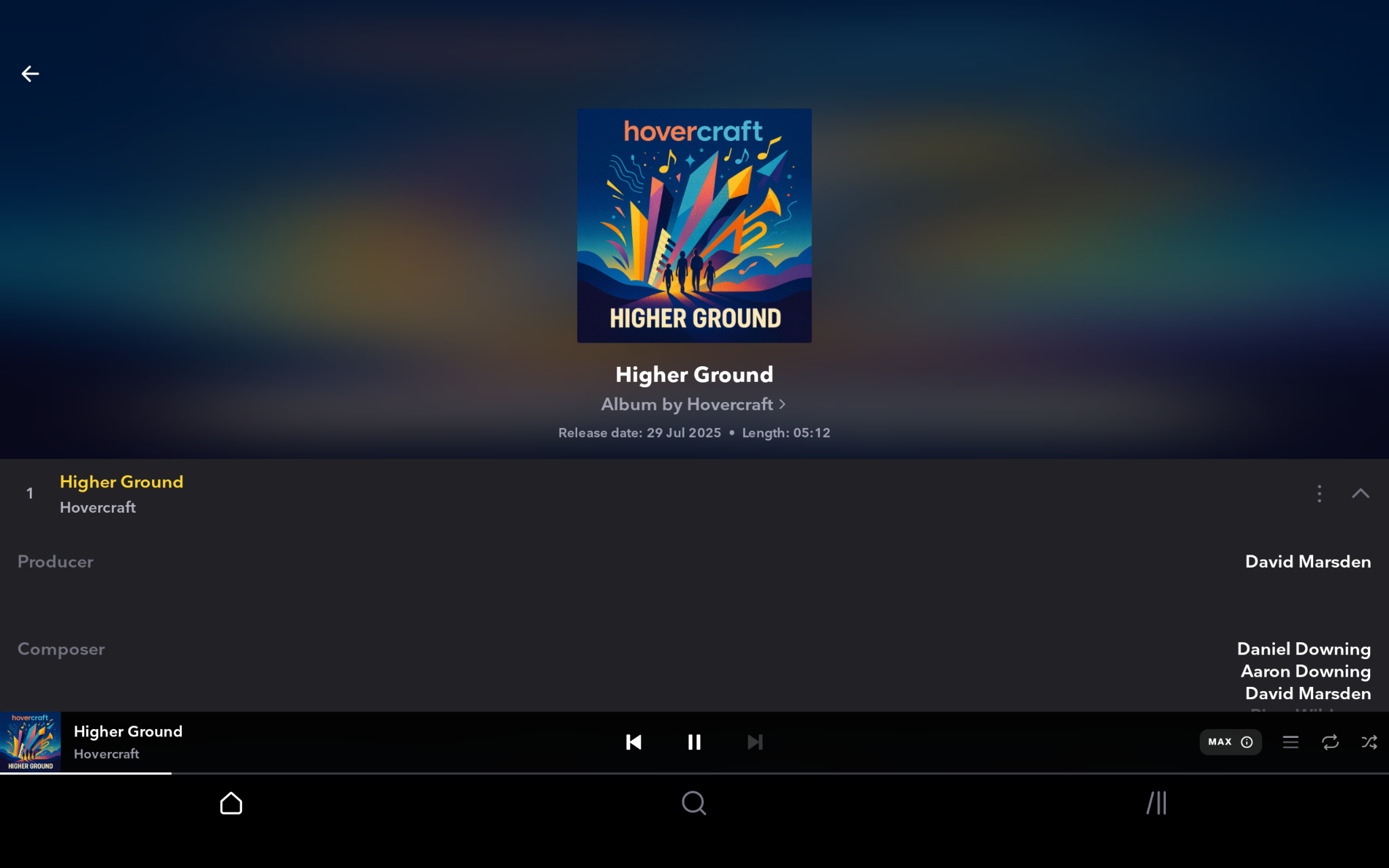Category: Music
You are viewing all posts from this category, beginning with the most recent.
“We might live in a world where critics of AI are the loudest, but songs like this quietly and powerfully prove them wrong.”
Google NotebookLM podcast “deep dive” on my AI music restoration project and the democratisation of creativity (which I hadn’t thought about).
Digging the Lost Tapes Restoration of Grimsby's No. 1 Band in 1996
Hovercraft (UK) were a real live band, briefly, in 1995-96.

We hovered in, made a lot of noise, broke down and sank without a trace, all in the space of nine months.
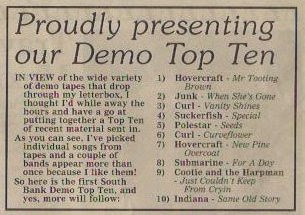
We were number one in the first, and possibly only, South Bank Demo Charts in the Grimsby Evening Telegraph.
There’s no chance of a reunion. That will be a relief to many. Our drummer emigrated to Australia. Our singer-songwriter-lead guitarist is MIA, last seen in India (or Boscombe). Our bass player plays in a semi-professional covers band. And our guitarist/tech guy is me.

Every few years I get out the digitised versions of all our old demo and home recording tapes and remix and (re)master them with the he latest free tools available. In the early days, that was Audacity. More recently, it’s Soundcloud’s and Bandlab’s (free) online mastering tools.
The goal is always the same. To transform the lofi, degraded analog recordings preserved on mangled old cassette tapes that were digitised using the cheapest USB analog to digital converter tape deck available twelve or fifteen years ago into something resembling what we actually sounded like in our rehearsal room, the studio, the pub, and - most importantly - in our own imaginations. (If you’re interested in learning more about mastering and how Bandlab mastering works there’s a couple of good articles here.)
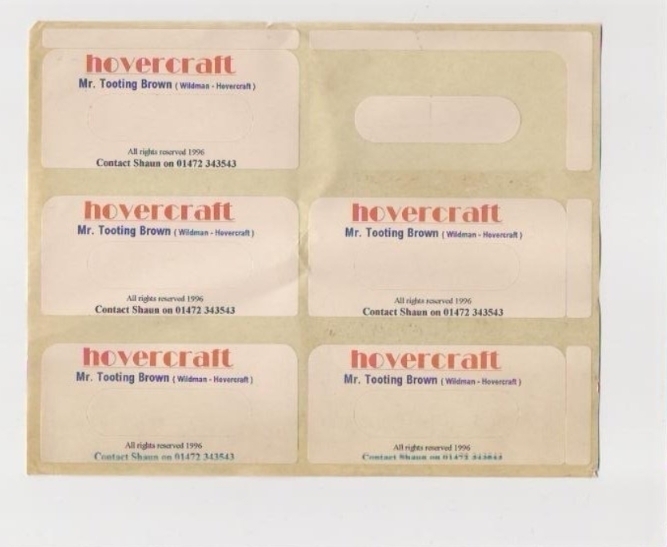
Last October I went down the same old nostalgia rabbit-hole. Every time I think I’ve made the tracks sound better with the latest software, which usually means adding reverb or preset effects (which are likely a mixture of reverb and compression). The end result is something which sounds a bit louder, more atmospheric and less rough around the edges. Although all the reverb and compression can also make for a lot of additional noise, when noise is an integral part of the original sound AND the degradation of the original sound that was digitised.
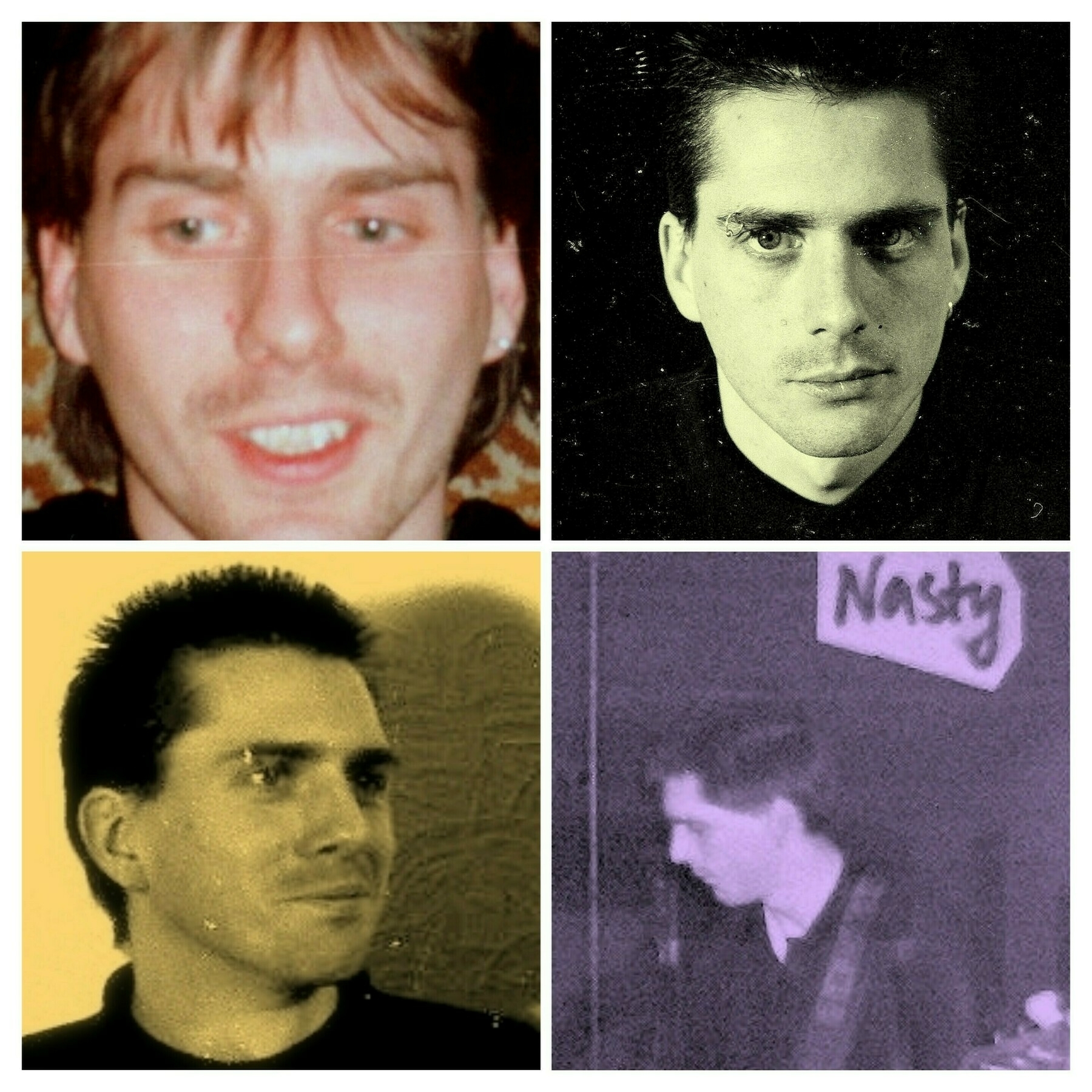
Anyway, it’s all a bit of fun and allows for reconnecting with Ron Nasty, our old bass man (now known as Ronnie Nice). Ronnie and me had a lot of fun writing the band’s not entirely factual or unelaborated back story. Putting that into Claude.ai produced more amusing results, as did giving it some of the lyrics to the songs. These AIs can make pretty good music critics if you tell them that’s what they are, even if they’ve never heard a note. Claude is now like the fifth Beatle.
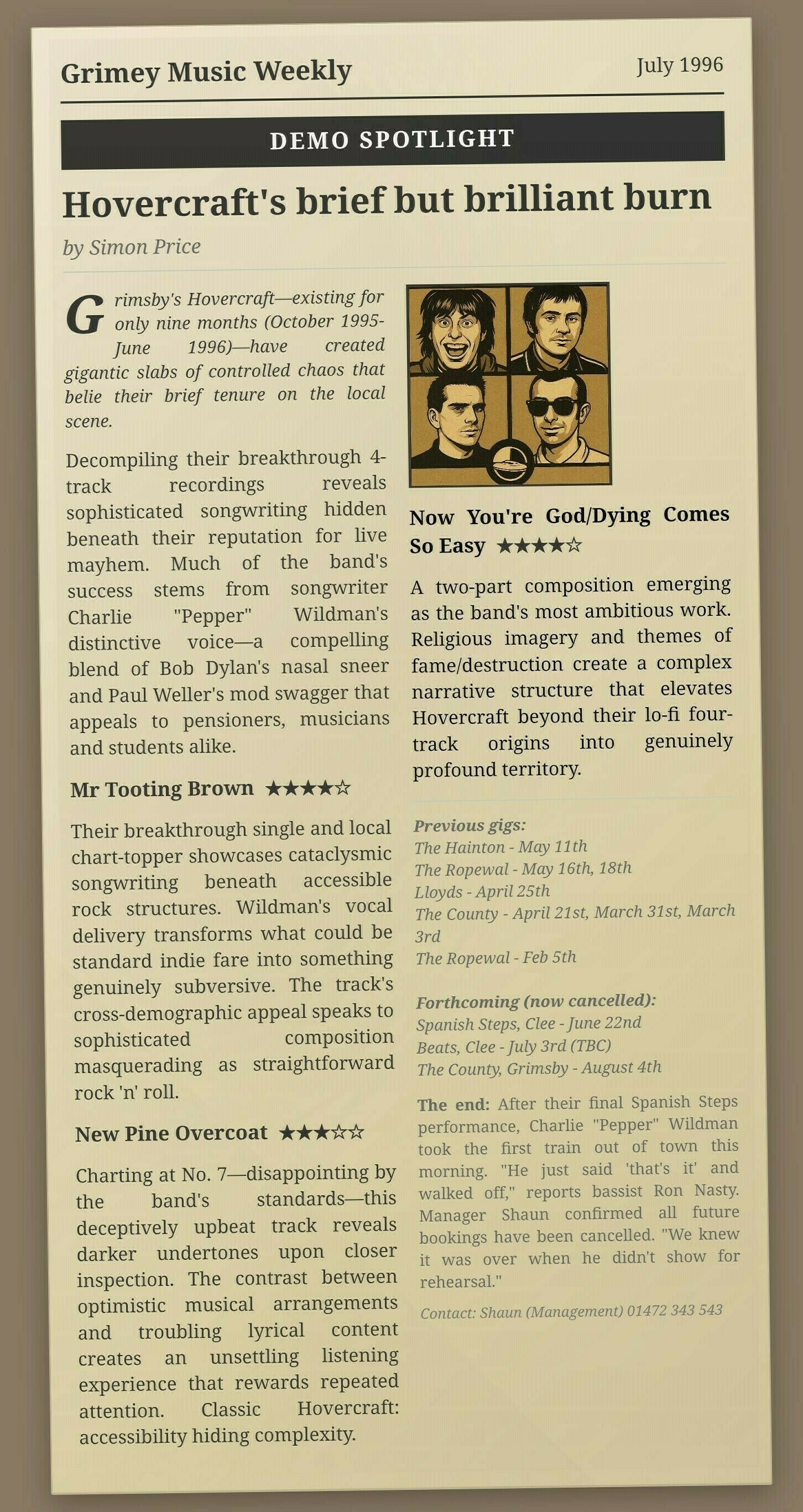
And that was what got me thinking… Can AI listen to music? That’s how I discovered Suno Music, Microsoft’s online AI music creation beast. And it is a beast. (Other beasts are available.) Me and Ron started off simply pasting in lyrics to the songs Ron had lovingly transcribed by listening to the old songs over and over again (only the other day I realised I had some of the original lyric sheets, but don’t tell Ron). Click on
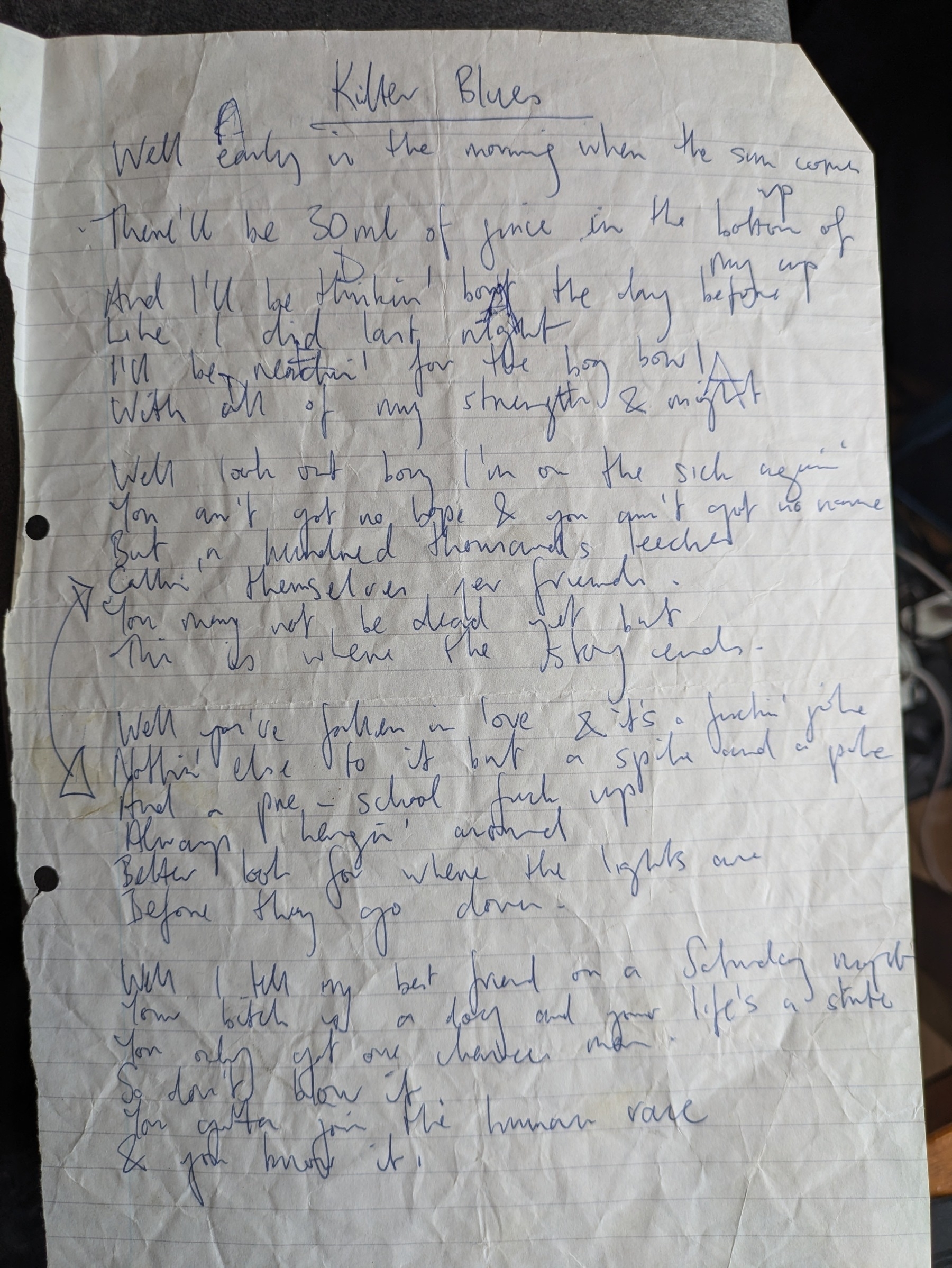
That was back in March. The originals, if you wanna listen.
Then I realised you could (then) upload and use two minutes of original audio. Not quite a recreation or restoration of the original songs, but getting close. We also enjoyed doing an album of Hovercraft songs as if covered by a female singer in a more chillout style.

Finally (!), Suno v4.5 now allows up to eight minutes of uploaded audio. Frustratingly, I haven’t been able to recreate some songs at all (Mr Tooting Brown seems impossible), and still the AI seems to insist on missing out intros, outros, middle bits, solos, lead guitar work. But it’s getting a lot closer to an actual recreation of the original songs and band sound and style.
We also had fun generating song and album covers with ChatGPT.

Lastly, to reiterate, all of the songs bar the originals were created using Suno. Most of the later ones I downloaded the stems, uploaded them to Bandlab and remixed and mastered them there, before uploading to Bandcamp.
I’m not expecting anyone to listen to any or all of this, but hope it’s a useful contribution for anyone wondering what or how to go about a similar restoration project, or indeed, to create your own new songs (I’ve also done a few of those, too). Some people are pretty sceptical about AI generated art, and that’s fair enough. But this has been tremendous fun, and it’s great for me, Ron and everyone else who remembers our band to be able to recreate, restore, produce and hear the old songs again in a way that doesn’t hurt the ears so much.
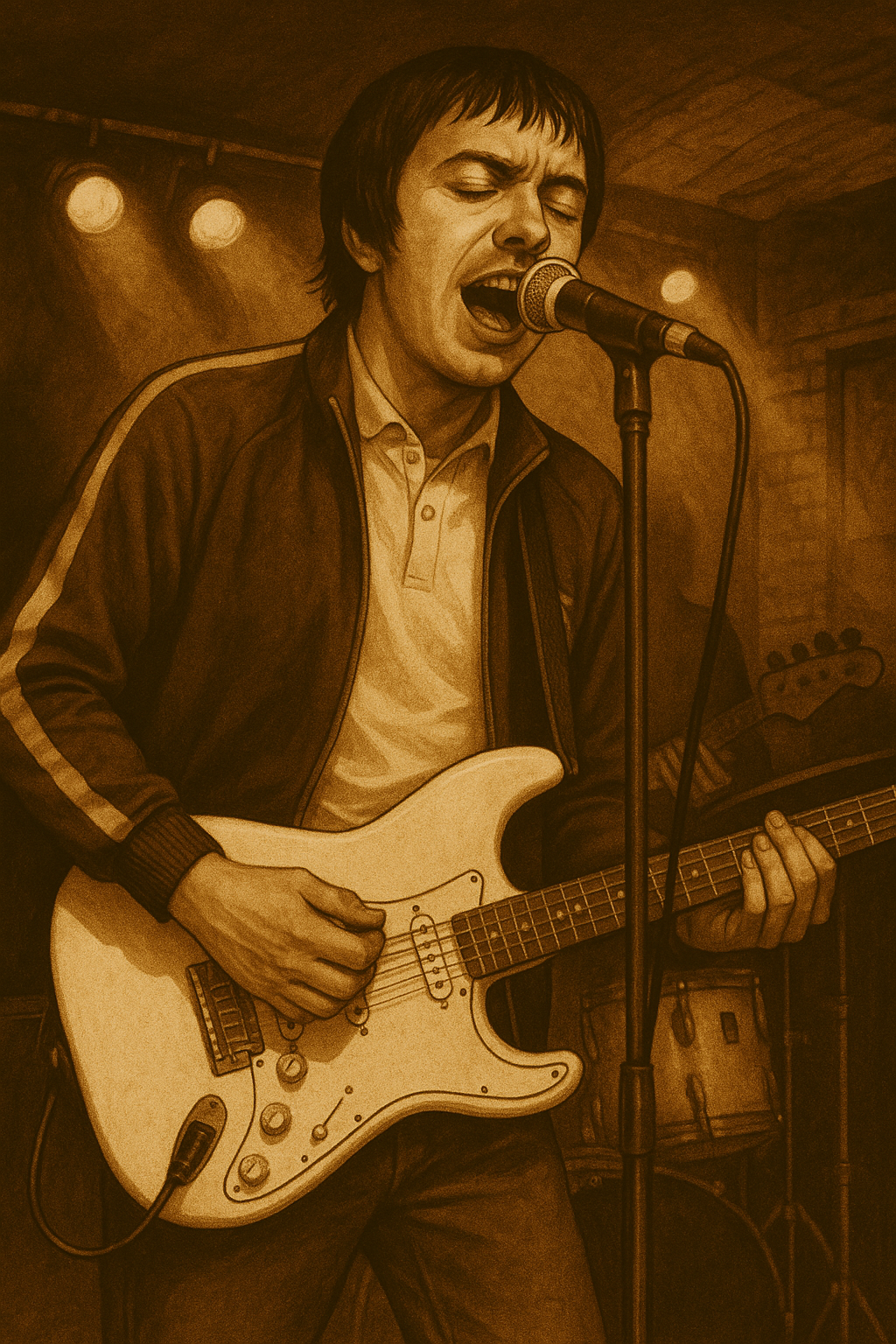
While it was never the original “plan”, we’re now looking at releasing tracks through Bandlab’s distribution service, and reworking some of the songs to make them poppier and more accessible to a wider audience. And we’re looking for Charlie Pepper. Last heard of in the Bournemouth area ten years ago.
We should put a card in the local Spar shop window: “Chilled out lamppost wanted to front retro space pop band”. That should do it.
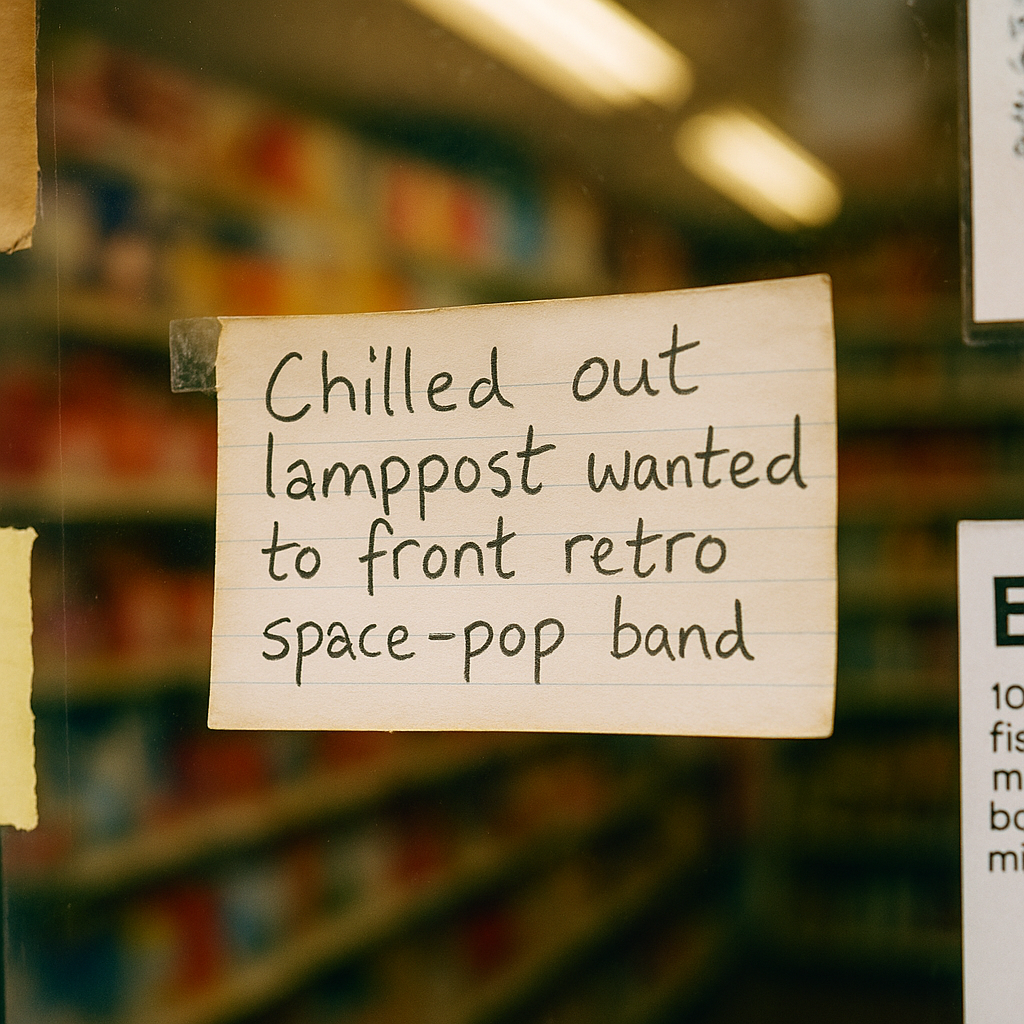
Speaking of going on…. One of my favourite songs by The Damned - “Life Goes On”.
“We go on—not upward, not forward, but just on…”
— Anon
I Got My Mojo Workin'
Hovercraft’s electrifying take on Muddy Waters’ blues standard, transforming the Chicago classic into something distinctly their own while maintaining its essential swagger. The band stretches the familiar structure through strategic lyrical modifications and extended repetitive passages that push the song into hypnotic territory.
Recorded during their brief but intense 1995-96 existence, this version captures the raw energy that made their live performances so compelling. The 4-track intimacy brings the listener right into the room with the band, making the blues feel immediate and urgent rather than reverential.

Hovercraft’s most ambitious and psychologically complex composition, this two-part epic traces the complete arc from deification to self-destruction. Beginning with “Now You’re God,” the song examines the toxic relationship between celebrity worship and personal identity, building through religious imagery and maternal prayers to the devastating conclusion of “Dying Comes So Easy.”
The haunting “frozen eye” imagery and repeated maternal prayers (“Pray for your son mama”) create hypnotic passages that mirror 📷obsessive thought patterns, while the religious symbolism elevates personal trauma to mythic proportions. The progression from external worship to internal destruction reveals the cruel mathematics of celebrity culture.
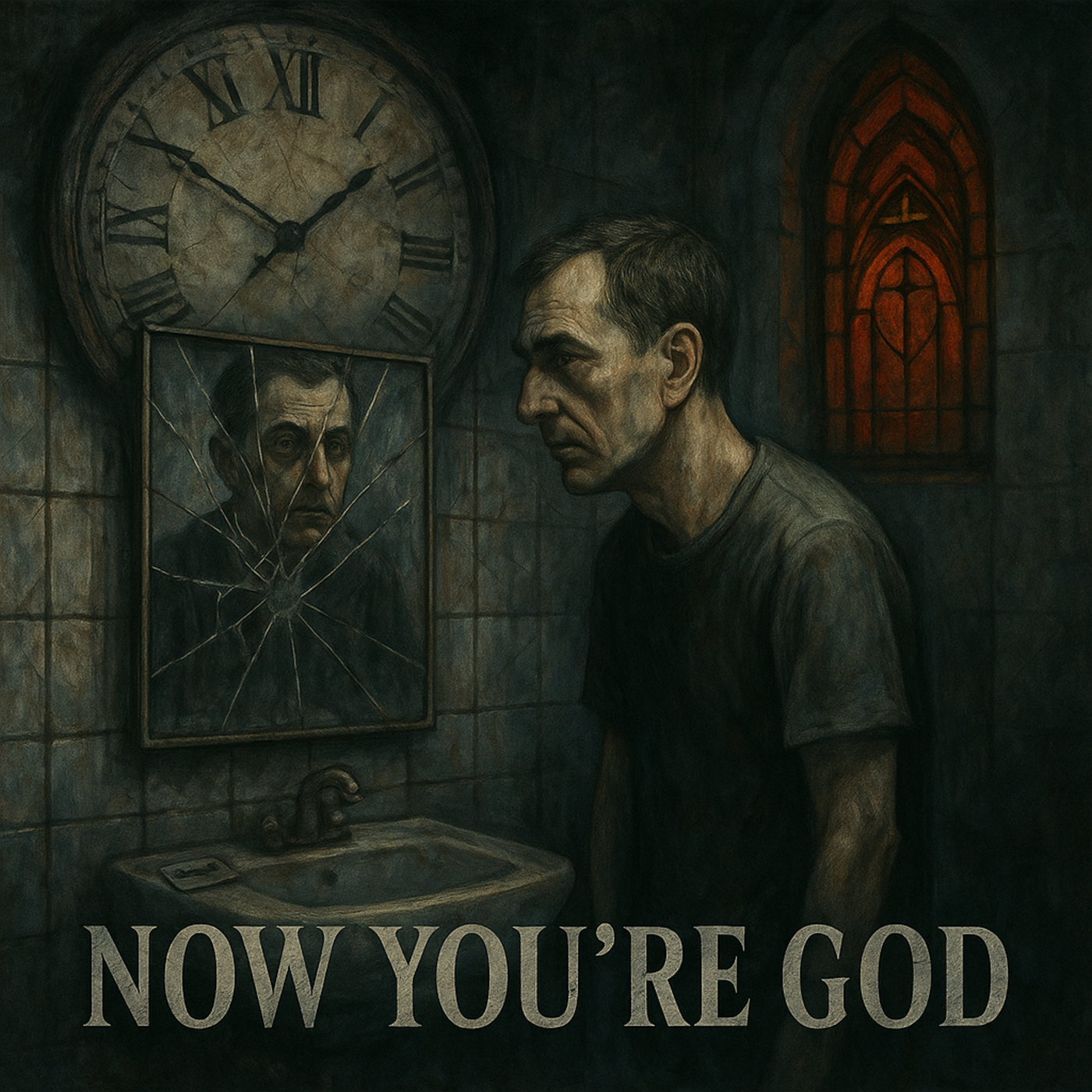
Every song needs a pulse 📷. Every moment needs a heartbeat. Shimble’s rhythm keeping time with a generation’s hopes and fears, 1996.
The beat lives on: Re:Creation 🥁

Confessions of a failed pop star.


